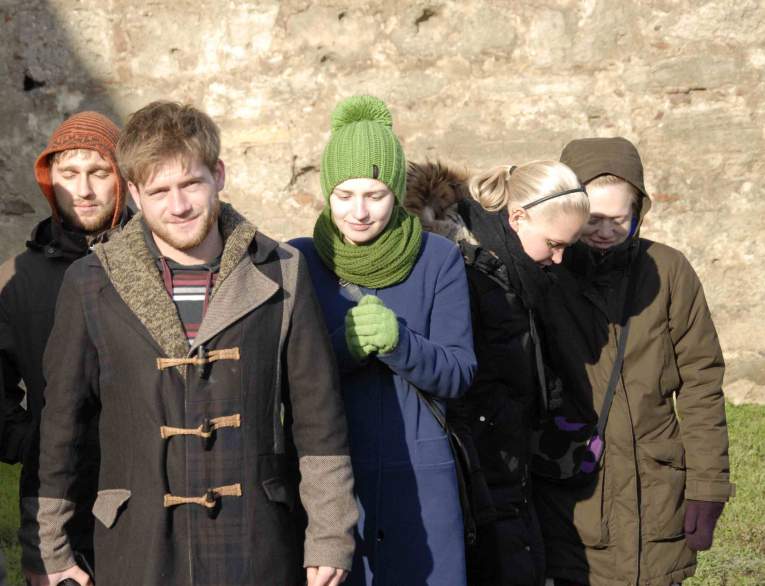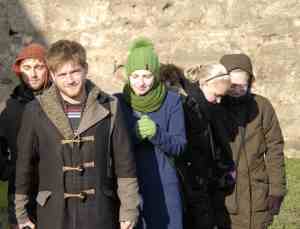
What is the capital of Moldova?
Most people probably would remain without an answer. It is Chisinau, or Kishinev, depends on your language. This already shows one of the dividing lines of Moldova. The majority of the former Soviet-republic, located between Ukraine and Romania, speaks Romanian.
While a minority of roughly 15 percent has Russian as a mother tongue. Language can unite, but also separate people.
This and more I learnt during a one week project on “Discovering Identity” in Chisinau. We were a group of 36 young enthusiastic Europeans. Half came from Eastern non-EU states (Belarus, Moldova and Ukraine) and half from Western EU-members (Denmark, Germany and Netherlands). For one week we discussed pressing issues of who we are and how we got there, but also learnt so much about Moldova. It is a young country, created only in 1991. It has never formally been independent before, but belonged to Romania, and more recently to the Soviet Union.
Most of us have a national identity with typical French bread, German beer and American movies. Well, Moldova is kind of missing this. Can you imagine to have distinct language? Or scenery? I got the impression that Moldova is still finding itself with some people dreaming about a communist reemergence and others striving for Europe. We were fortunate to be in Chisinau during the EU Vilnius Summit, where the state signed a Partnership Treaty with the EU. Everywhere in the city EU flags were put up and there was a Europe party on the main square. Similarly to Ukraine, Moldova is in clash between choosing a path for the future, one being Russia and the other the West.
Our group also talked about the European Union. Studying in the Netherlands, probably one of the most European integrated countries, I found it particularly exciting to hear different perspectives. For some the EU meant the protection of human rights and respect for differences, for others it meant the imposition of fiscal rules and the abolition of the welfare state. I learnt that every medal has two sides. Despite our different origins and opinions our group became very good friends and we laughed and enjoyed a lot!
The last day we went to Transnistria, which is a part of Moldova that declared itself independent. Here the Soviet Union is still alive, some popular headlines go. And it is true, partly. We took a group picture in front of Lenin, Russian is the only official tongue and hammer and sickle also appear everywhere. Transnistria has an own currency, own government and military. Still, no one recognizes them.
Concluding, it was one of the best weeks I had in this unknown Eastern European country. And I encourage everyone to discover this part of Europe and when talking about the EU also to consider the ones left out. In the end I “discovered identity”, but maybe have now even more questions than before.



